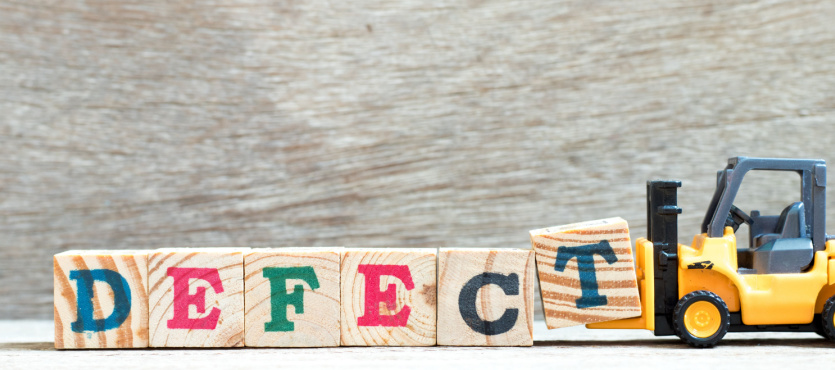When we buy toys for our children, we assume they are safe. Unfortunately, though, there are situations in which they can be dangerous.
Toys may be defective due to negligence during the design or manufacturing process. Many contain small parts that can be easily ingested. Some emit toxic chemicals that can cause serious health conditions.
If your child was injured by a defective toy, you may be able to file a product liability claim. You would have to prove negligence. This means proving the following:
- The manufacturer had a legal duty to design and manufacture a product reasonably safe for use.
- The manufacturer breached that duty.
- You suffered an injury that was legally caused by the manufacturer’s breach of duty.
- You suffered damages.
Damages may include medical expenses, lost wages, pain and suffering, and other economic or psychological effects causes by the defective toy.
Effects of Dangerous Toys
Toys that are not safe can cause the following consequences:
- Physical injuries. Toys with sharp edges, small parts, or magnets can cause cuts, bruises, and even serious injuries if swallowed or inserted into body parts such as the nose or ears.
- Falls. Swings and playsets that have design issues can cause children to fall off, causing serious injuries.
- Burns. Electronics and other toys that contain batteries can present serious burn hazards due to circuit board malfunctions and other issues.
- Choking hazards. Children can choke on small toy parts or toys that break easily into smaller pieces. This can be fatal if not dealt with quickly.
- Toxic exposure. Certain toys may contain harmful chemicals or lead-based paint, which can lead to poisoning and long-term health problems.
- Psychological impact. Toys that promote violence or aggression can have negative effects on a child’s emotional and social development. Exposure to violent or inappropriate content can lead to aggressive behavior, desensitization to violence, and anxiety.
- Legal and financial consequences. Manufacturers and distributors of dangerous children’s toys can face fines, lawsuits, and recalls. This can damage the company’s reputation and cause financial loss.
What Toys Should I Avoid?
While toys are safer than they used to be, there are still many dangerous toys on the market. Some have not been recalled. Others have been recalled but are resold in thrift stores, at yard sales, or on online marketplaces such as eBay.
Some toys are more dangerous than others. Here are some to avoid:
-
- Toys with small parts. Magnets and button eyes are objects that are commonly swallowed. Be mindful of allowing such toys around young children.
- Balloons. Children may chew on and swallow uninflated or burst balloons, causing suffocation.
- Riding toys. Riding toys may be fun but they have parts such as handlebars, tires, or axles that may fall off or fail. They may also have sharp edges that can cause lacerations and puncture wounds.
- Toys with cords or straps. Small children are at risk of strangulation when cords or straps become wound around the neck. They may be attached to pull toys, play guitars, and dress-up costumes.
- Toys with poisonous coating. Be mindful of lead and other toxic metals. Many toys are coated with lead paint, which can be dangerous to children.
Tips for Toy Safety
You can protect your children from toy hazards by following these tips:
- Carefully inspect toys before purchase. While certain toys may look cute or educational, only choose those that are age-appropriate, safe, and non-toxic.
- Follow the warnings, safety messages, and assembly instructions for the toy. Age guidelines are given for safety reasons. Do not ignore them, even if your child seems advanced.
- Supervise children while they play with toys. Immediately remove any toys that pose a danger to the child’s health and well-being.
- Check toys often for hazards. Toys can develop hazards over time, such as broken pieces, loose parts, or sharp edges.
- Be mindful of toys with magnets. Toys with magnetic parts can be dangerous to children. These tiny magnets can fall out and be ingested. When a child swallows more than one magnet, they can attract while inside the child’s body, causing infection, gastrointestinal damage, and even death.
- Avoid cheap metal or painted jewelry for younger children. Children who put objects in their mouths can be affected by metal toys or jewelry, which may contain lead. Ingesting even small amounts of lead can be harmful to a child’s health and development.
Contact Us Today
Consumer products such as toys are supposed to provide entertainment for children. However, they can be dangerous or defective, causing injuries and even death.
You may be able to file a claim for compensation. However, there are very specific elements you must prove in order to be successful against a manufacturer or supplier of a product. Get the help you need from the team at Brill & Rinaldi, The Law Firm. Schedule a free consultation today by calling (954) 876-4344 or filling out the online form. We have offices in Weston, Coral Gables, and Daytona Beach.

